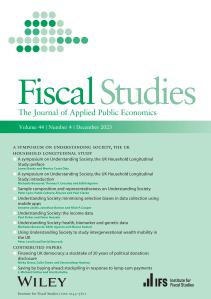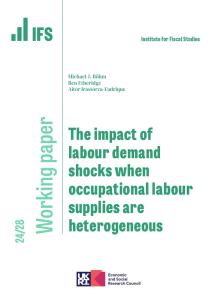This paper studies inference in randomized controlled trials with covariate-adaptive randomization when there are multiple treatments. More specically, we study in this setting inference about the average effect of one or more treatments relative to other treatments or a control. As in Bugni et al. (2018), covariate-adaptive randomization refers to randomization schemes that first stratify according to baseline covariates and then assign treatment status so as to achieve "balance" within each stratum. Importantly, in contrast to Bugni et al. (2018), we not only allow for multiple treatments, but further allow for the proportion of units being assigned to each of the treatments to vary across strata. We first study the properties of estimators derived from a "fully saturated" linear regression, i.e., a linear regression of the outcome on all interactions between indicators for each of the treatments and indicators for each of the strata. We show that tests based on these estimators using the usual heteroskedasticity consistent estimator of the asymptotic variance are invalid in the sense that they may have limiting rejection probability under the null hypothesis strictly greater than the nominal level; on the other hand, tests based on these estimators and suitable estimators of the asymptotic variance that we provide are exact in the sense that they have limiting rejection probability under the null hypothesis equal to the nominal level. For the special case in which the target proportion of units being assigned to each of the treatments does not vary across strata, we additionally consider tests based on estimators derived from a linear regression with "strata fixed effects," i.e., a linear regression of the outcome on indicators for each of the treatments and indicators for each of the strata. We show that tests based on these estimators using the usual heteroskedasticity-consistent estimator of the asymptotic variance are conservative in the sense that they have limiting rejection probability under the null hypothesis no greater than and typically strictly less than the nominal level, but tests based on these estimators and suitable estimators of the asymptotic variance that we provide are exact, thereby generalizing results in Bugni et al. (2018) for the case of a single treatment to multiple treatments. A simulation study and an empirical application illustrate the practical relevance of our theoretical results.










